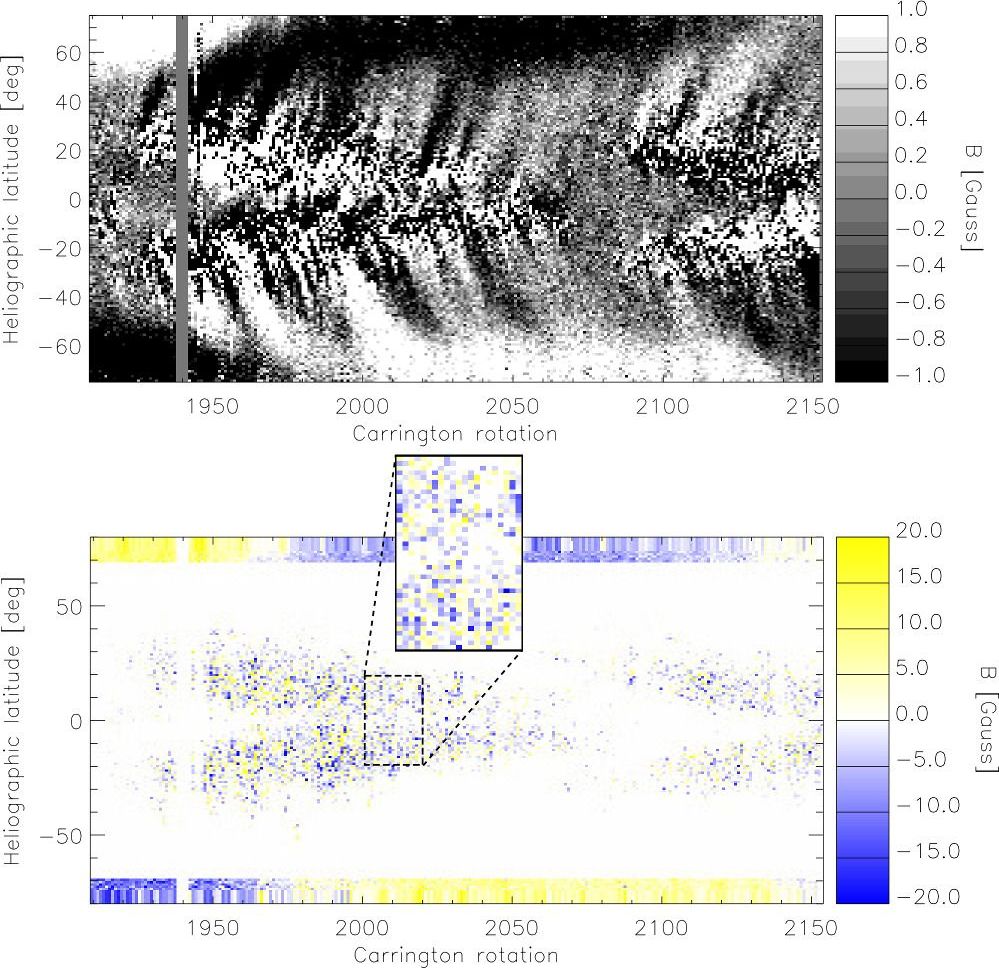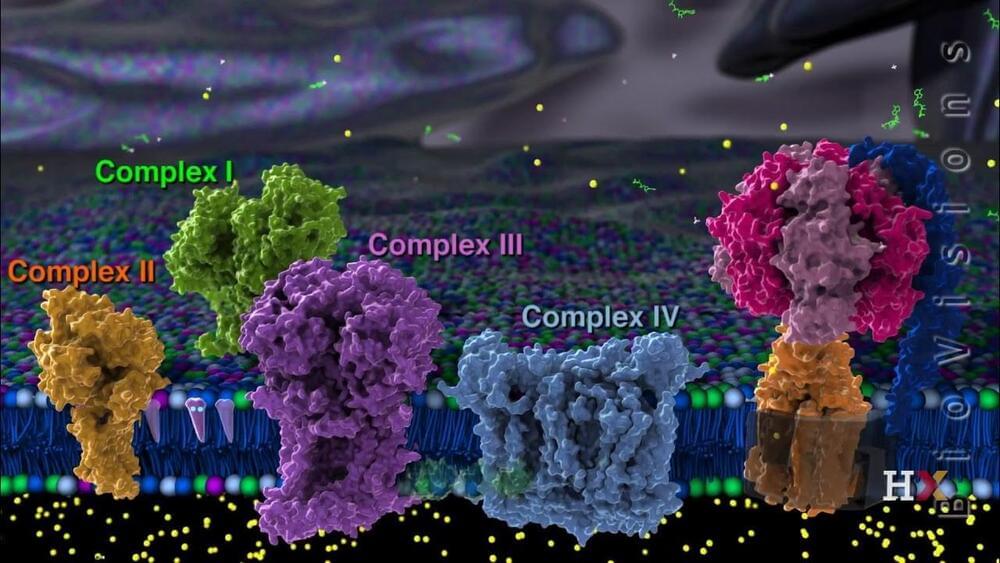Feb 6, 2020
Cancer’s genetic secrets revealed through massive international study
Posted by Genevieve Klien in categories: biotech/medical, genetics
Cancer is a hugely complicated disease, and understanding how it starts and how it can be treated requires an equally enormous effort from scientists. That effort is well underway with the Pan-Cancer Project, an international collaboration dedicated to analyzing thousands of whole cancer genomes. And now, the comprehensive results are being published in 23 separate papers, revealing new details about cancer’s causes and development, and how it can be classified, diagnosed and treated.
Otherwise known as the Pan-Cancer Analysis of Whole Genomes (PCAWG) Project, the collaboration involves over 1,300 scientists from 37 countries. These researchers analyzed over 2,600 whole cancer genomes of 38 different types of tumors, probing deeper than ever into how the disease alters DNA.
One of the most optimistic outlooks from the project is that while the cancer genome is incredibly complex, it’s also finite. That means that it should be technically possible to document every genetic change that cancer can possibly induce. That information can then be used to diagnose which type of tumor a patient has and personalize a treatment plan based on the unique genome of their cancer.


















